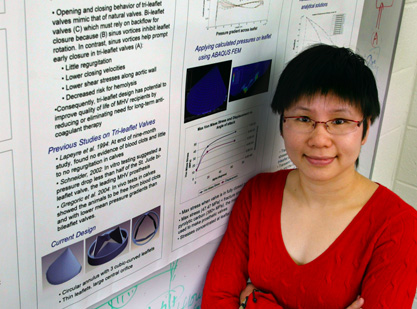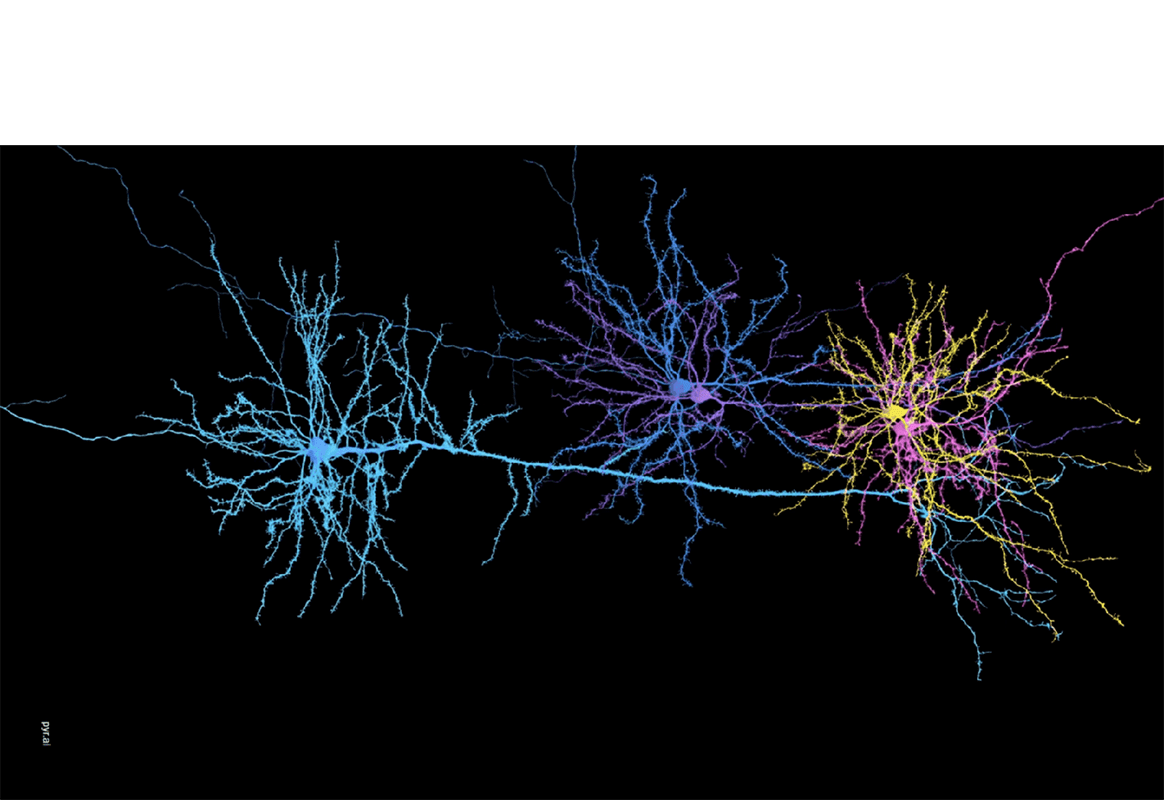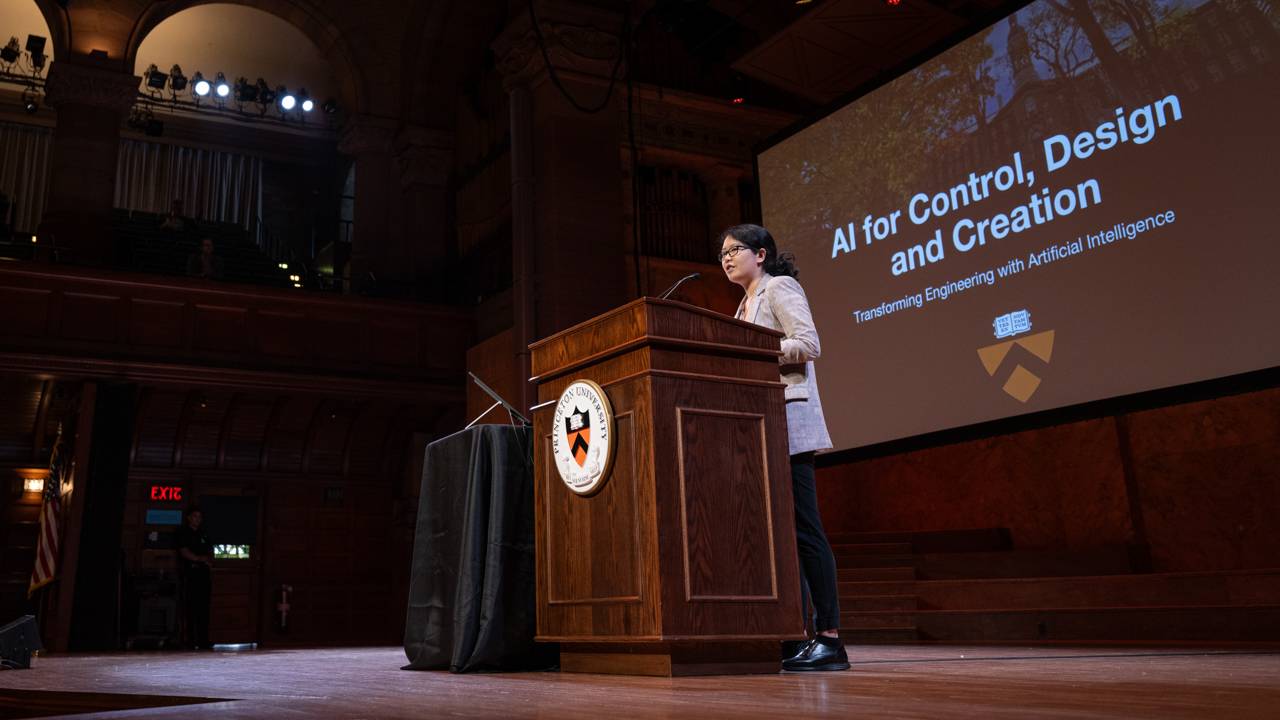Frontiers of health: New spin on heart valves
By
on
Expertise in propellers leads to improved valve replacement
In a roundabout way, propellers advanced Julie Young’s latest project-a new and improved heart valve replacement.
“The blades of a propeller look very much like the leaflets in a mechanical heart valve,” said Young, an assistant professor of civil and environmental engineering, who studied propellers for her Ph.D. dissertation at the University of Texas at Austin. “The same principles apply on a much smaller scale.”

Young and senior Michael Hsu have designed a new mechanical heart valve that mimics the structure and function of the natural aortal valve. To be made of sturdy pyrolytic carbon and featuring a tri-leaflet design to promote centralized blood flow with minimal disturbance and regurgitation, the valve may eventually help to improve the quality of life for the 225,000 Americans who have heart valve replacement surgery each year.
Current options are less than ideal. Bioprosthetics-a graft from somewhere else in a patient’s body or a valve from a pig’s heart-tend to last less than 15 years, ruling out their use in younger patients. Current mechanical replacements, most of which have two leaflets (flaps that open and close), create a disturbance in the blood flow that tends to promote the growth of clots around the valve and cause regurgitation, or leakage. To prevent life-threatening clots, patients receiving these valves must take blood thinners for life.
Young and Wole Soboyejo, professor of mechanical and aerospace engineering, are discussing the possibility of coating the new tri-leaflet mechanical valve with a highly biocompatible material to reduce the risk of rejection and clot formation.
Their collaboration extends beyond heart valves to research into the use of high intensity focused ultrasound as a treatment for cancer-a method which has been tested in Europe and China. Young and Soboyejo are specifically interested in using the bubbles and heat generated by a focused ultrasound beam to kill cells in cancerous tumors. This project also builds on Young’s work with propellers, which are often damaged by the bubbles they generate as they pass through the water.





